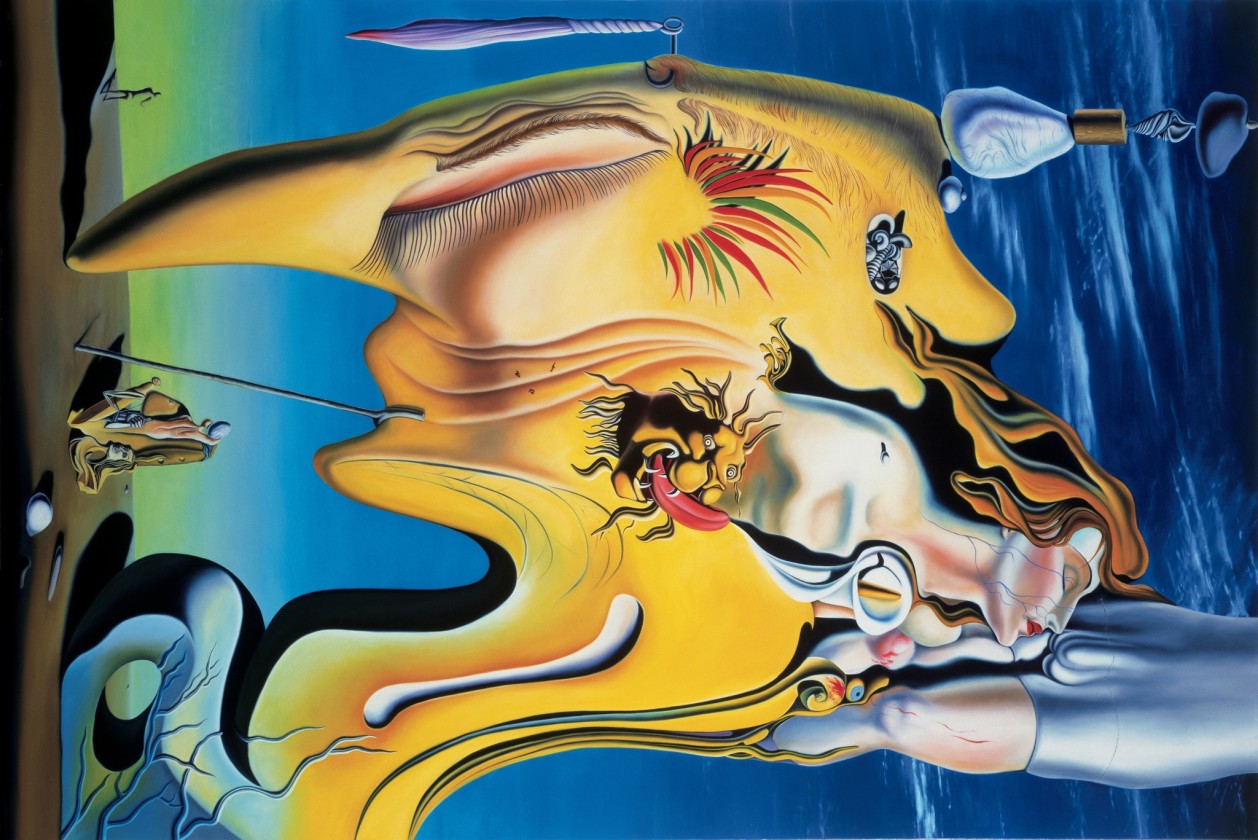Haunted Realism: Gagosian: Grosvenor Hill, London
What haunts the digital cul-de-sacs of the twenty-first century is not so much the past as all the lost futures that the twentieth century taught us to anticipate.
—Mark Fisher
Gagosian is pleased to present Haunted Realism, a group exhibition featuring the work of more than thirty artists including Meleko Mokgosi, Ed Ruscha, Jenny Saville, and Tatiana Trouvé. Haunted Realism takes its title in part from hauntology, a term coined by Jacques Derrida in his 1993 book Specters of Marx to characterize what he considered the tendency of Marxism to “haunt Western society from beyond the grave.” Derrida’s concept has been explored in a broader cultural context, denoting a state of historical overlap and disjunction—“the past inside the present”—that resonates through fields ranging from anthropology and philosophy to film, electronic music, and visual art. The idea is notably explored by cultural critic Mark Fisher in his books Capitalist Realism (2009) and The Weird and the Eerie (2016).
Haunted Realism’s specific focus is a sense that the aspirations of modernity are now “lost futures”—perceptible only as ghostlike traces of their original formulations. It examines some of the ways in which artists have approached this condition by confronting the accelerated flow of images in contemporary media culture, and the proliferation of “non-places” that we increasingly inhabit. These artists’ work also conveys a feeling that the apparent documentary “truths” of realism can no longer be believed, even as wild conspiracy theories gain influential traction. Our conception of the future is now haunted, even revoked, by a volatile present. Haunted Realismsituates these visions within a historical context, showing how our strange present was anticipated by earlier projects.
Artists such as Chris Burden, Ed Ruscha, and Jim Shaw in Los Angeles have long been concerned with the cultural, social, and political forces of power at play in this new world. Burden’s sculpture America’s Darker Moments(1994) portrays the shooting of student protestors at Kent State University in Ohio, the bombing of the Japanese city of Hiroshima, the assassination of President John F. Kennedy, the Mỹ Lai massacre in South Vietnam, and the murder of Emmett Till, investing these pivotal instances of violence with a curious nostalgia. Ruscha’s painting Spied Upon Scene (2019) depicts a mountain as seen through a lens, combining a reference to the American Sublime with an allusion to modern surveillance technology. And in Shaw’s painting The Birth of Melpomene (2022), the titular muse of tragedy is depicted in modern, corporate form.
In the work of Rachel Whiteread and Tatiana Trouvé, the physical surfaces of quotidian objects are revealed to have an uncanny spectral character through transformations of material, scale, and color. For her fiberglass-and-rubber sculpture Untitled (Black Bed) (1991), Whiteread cast the space below an everyday mattress into a dark, solid form, while in her sculpture L’antinorm (2021), Trouvé represents a shopping bag in cast bronze. The bag’s contents—a copy of a 1973 issue of L’antinorm, journal révolutionnaire et sexuel, rendered in marble marquetry—allude to utopian philosophy.
Fisher’s formulation of neoliberalism as a global ideological system to which it is has become impossible to imagine a viable alternative colors the work of Andreas Gursky, Tetsuya Ishida, and Meleko Mokgosi. Gursky’s photograph Hong Kong Shanghai Bank I (2020) limns the impenetrable surface of capital, while Ishida’s painting Untitled (2003) features a characteristically surreal melding of man and machine that skewers the oppressive influence of technology on life in modern Japan. And Mokgosi’s text-and-image painting The Social Revolution of Our Time Cannot Take Its Poetry from the Past But Only from the Poetry of the Future, 5 (2019) takes its title from Marx’s The Eighteenth Brumaire of Louis Bonaparte, which details the limits of revolutionary discourse and urges a disavowal of the past in the service of revolutionary action.
The exhibition also includes works by Urs Fischer, Glenn Brown, Llyn Foulkes, Romuald Hazoumè, Neil Jenney, Ewa Juszkiewicz, Adam McEwen, John Murphy, Cady Noland, Albert Oehlen, Nam June Paik, Richard Prince, Rammellzee, Jenny Saville, and Jeff Wall.
The exhibition will be accompanied by a fully illustrated catalogue with an essay by Michael Newman.

